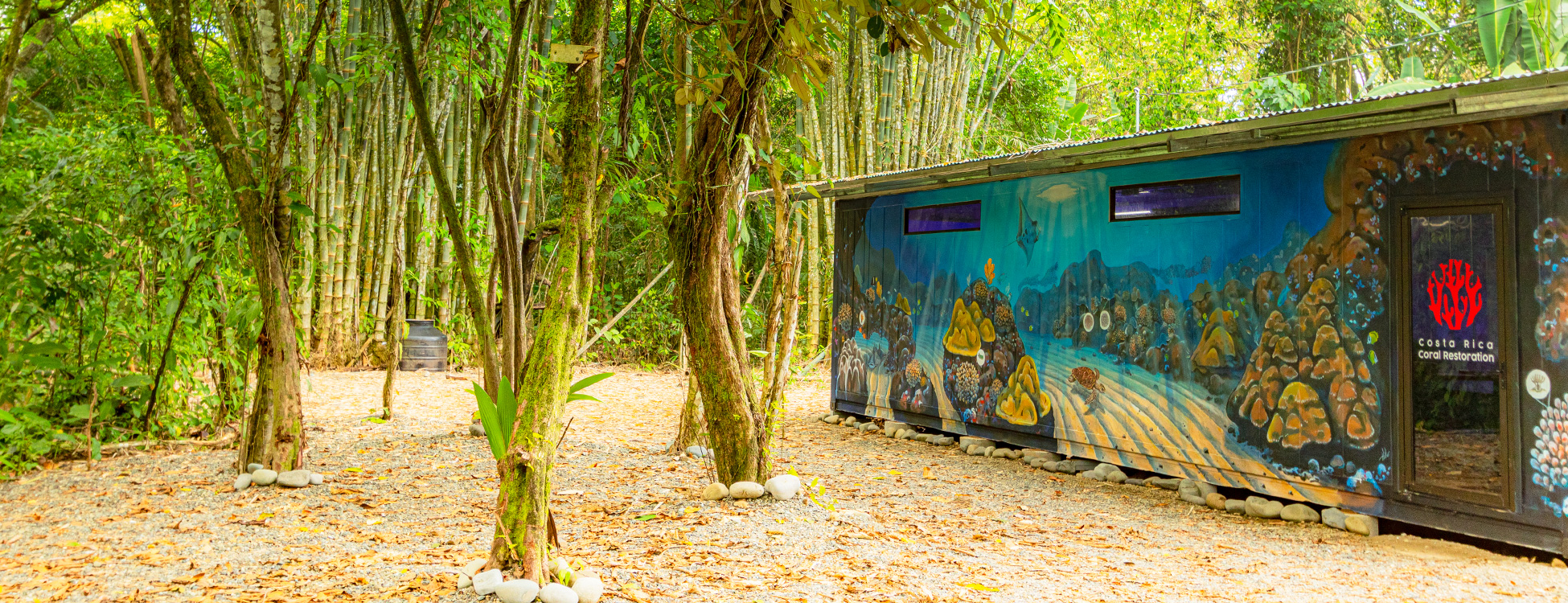The Beautiful Bahia Ballena Coast
Marino Ballena National Park in Costa Rica’s first marine national park. Currently, it is the 4th most visited national park in the country. This area is famous for its natural formation resembling a whale tail which coincides with a meeting point for humpback whales migrating from both the northern and southern hemispheres.
Marino Ballena National Park was established in 1989, and officially decreed a national park in June 1992. It covers 5331 hectares, 15 kilometres of beachfront. It is not only the first marine park of Costa Rica, but of all of Central America. Marino Ballena not only has a whale tail formation but it is visited by humpback whales during two different times of the year. From November to April the humpback whales from the northern hemisphere visit our area and from July to October we have whales migrating from the southern hemisphere. During this latter migration the whales come to the area to mate and breed and it is quite common and easy to spot the whales during the whale watching tours that have made Bahía Ballena a popular tourist destination. Spotted, bottlenose, and spinner dolphins are commonly found as well as hawksbill, green sea, olive ridley sea turtles. Equally important to the area, Marino Ballena National park also boast of a variety of corals. Studies have found that this national park is the second site in the South Pacific coast with the most variety of corals, second only to Caño Island. In fact a recent study concluded that there were 17 different corals in the park.
These delicate ecosystems, vital to the cycle of life that is Marino Ballena have been under siege for years now. From side effects from El Niño which cause rising water temperatures, the incremental intensity of tropical storms, over fishing which directly leads to an abundance of symbiote algae, and an increase of sediments in rivers running into the the national park to name a few. Coral reefs are very delicate, a 2012 study found that with a mere 1 degree Celsius temperature increase can cause coral bleaching and even death. Another 2014 study found that unless we adept not, the coral reef community will be forever impacted in the coming years and may even never recover.
The conditions at Caño Island a mere 54 kilometres from Marino Ballena National park the health of the coral reefs fare much better. Caño Island is equally affected by global warming, the main difference is that it has biological reserve status which means fishing is banned for a 3 kilometre radius and that it is far enough away from the coast to not be harmed by the sediments that run off from the rivers.
Costa Rica Coral Restoration has already begun collaborating with Marino Ballena National Park. In 2019 we proudly sponsored the community park ranger uniforms.
Visits to our laboratory are by appointment only.
If you would like to arrange an educational presentation for your students, please send us an email with your details. Thank you.

Identified offshore coral restoration sites.


